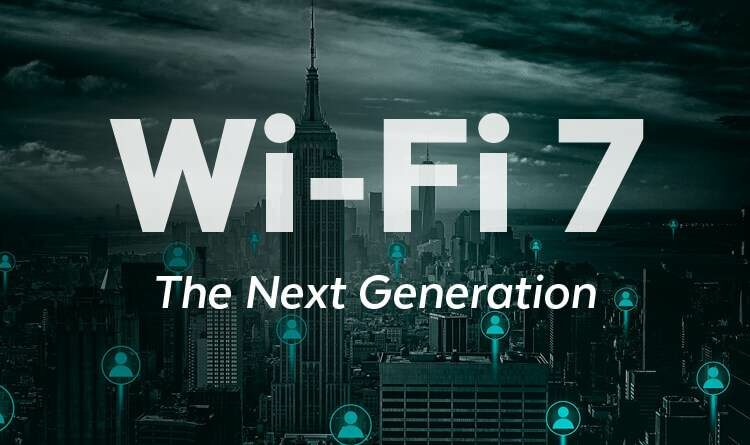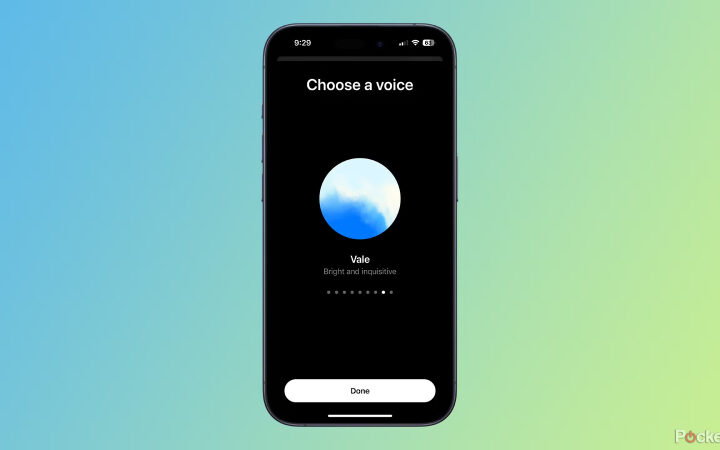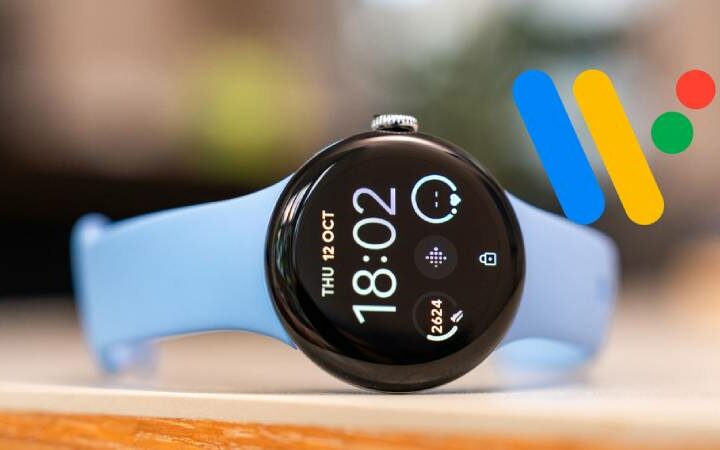The Wi-Fi Alliance is now able to certify Wi-Fi 7 devices. Higher throughput, linked wireless bands for improved stability, and lower latency are all achievable with the new standard. Additionally, it may give those who chose not to use Wi-Fi 6E a feeling that they were smart to do so.
Although Wi-Fi 7 was already something that pricey, new routers promised to deliver, they can now officially claim to have it as a certification. Wi-Fi 7 gear has a channel bandwidth of 320 MHz, while Wi-Fi 5, 6, and 6E equipment typically use 160 MHz. In order to provide more rapid and reliable connections while hopping between different bands, the new standard is the first to allow Multi-Link Operation, which can bind a connection over 2.4, 5 and 6 GHz connections.
Earlier Wi-Fi channels were similar to rolling vans, according to Intel’s explainer, which could “only take one highway at a time and choose alternate routes if they run into traffic. However, Wi-Fi 7 semi-trucks will simultaneously operate across two highways to get more boxes to the destination more quickly.”
Next is Multi-Resource-Unit Puncturing, a very ugly phrase that appears to have some utility. Essentially, Wi-Fi 7 permits the utilisation of underutilised parts of the higher-speed channels, while Wi-Fi 6 and 6E are restricted from sharing the most abundant portions of their 6 GHz spectrum. According to Intel, Wi-Fi 7 movers may “re-pack most of the semi-truck contents into smaller trucks,” then use separate lanes on a highway to transport the cargo. This is analogous to moving a house.
All of this suggests that a Wi-Fi 7 device can achieve a 5.8Gbps connection under perfect and somewhat irrelevant circumstances, assuming a few other details regarding the connection. The highest throughput of Wi-Fi 7 is typically 36 Gbps. More hypothetically, even though very few consumer-level devices or routers would offer that kind of connectivity, a Wi-Fi 7 router with 16 antennas might send 16 data streams to 16 devices thanks to the new 16×16 MU-MIMO capabilities. Nevertheless, a better overall experience should result from the higher ceiling.
Manufacturers were already promoting devices that were awaiting Wi-Fi 7 certification before the standard was made official this week. The most remarkable of them is the $600 TP-Link Archer BE800 (also called BE19000), which has the appearance of something from the hard edged future. Wi-Fi 7 is supported by Samsung’s Galaxy S23 Ultra and its Qualcomm FastConnect 7800 chip, however Samsung will need to enable it via a software update.
Due to component shortages that remained until the very end of the COVID-19 epidemic, Wi-Fi 6E devices were momentarily hard to come by. With Wi-Fi 7, which provides some genuine upgrade incentives over earlier generations, the scene ought to be different. Now all US broadband service needs to do is catch up.
- Wear OS 5 Now Available for Older Galaxy Watch Devices - November 20, 2024
- Nick Martinez accepts the Reds’ qualifying offer of $21.05 million - November 19, 2024
- Apple Announces Next-Gen AirTag for 2025 with Enhanced Privacy Features - November 18, 2024









